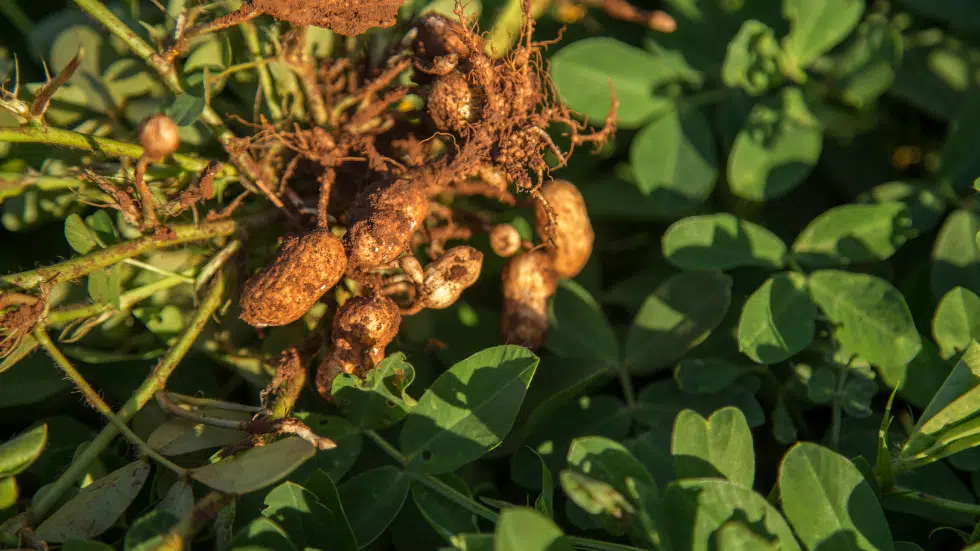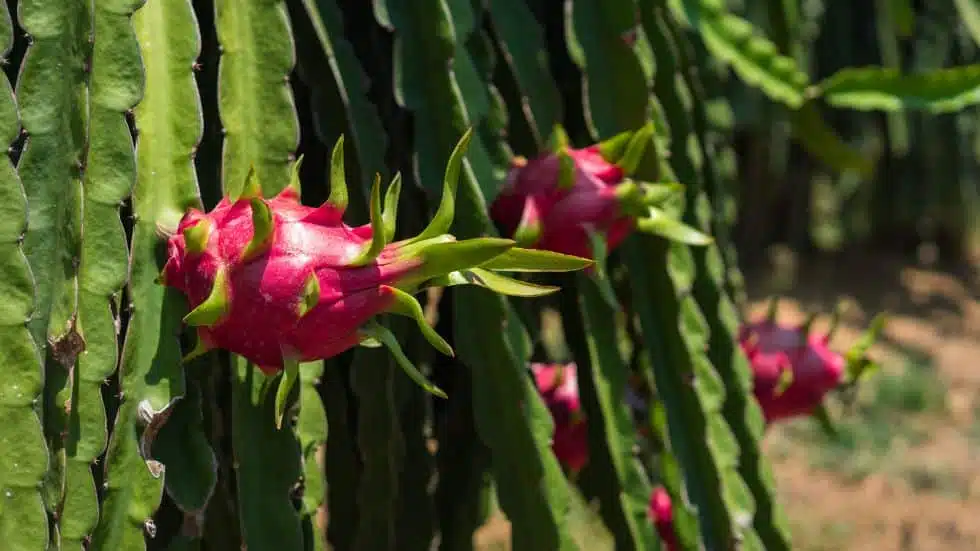The peanut plant, scientifically known as Arachis hypogaea, is a fascinating crop that has been cultivated for thousands of years. With its origins in South America, this versatile plant has become a staple food item worldwide. In this article, we will explore the various aspects of the peanut plant, including its growth habits, nutritional value, cultivation techniques, and its significance in the agricultural industry.
History and Origin of the Peanut Plant
- The peanut plant has a long history, believed to have originated in South America, specifically in the regions of present-day Peru and Brazil.
- Indigenous peoples of South America were the first to cultivate peanuts, utilizing their versatility as both a food source and a crop for oil extraction.
- The Spanish conquistadors were introduced to peanuts during their exploration of the New World and brought them back to Europe.
- Peanuts were later introduced to Africa during the African slave trade, where they thrived in the warm and arid climates.
- It wasn’t until the 19th century that peanuts gained popularity in the United States, becoming a significant crop in the Southern states.
Growth Habits of the Peanut Plant
- The peanut plant is an annual herbaceous plant that belongs to the legume family.
- It has a unique growth habit, with its flowers being produced above the ground, while the fruits (peanuts) develop below the ground.
- The plant grows best in warm climates with full sun exposure, well-drained soil, and a frost-free growing season.
- Its root system consists of a taproot that extends deep into the soil, providing stability and extracting nutrients.
- The plant’s foliage consists of alternating pinnate leaves, giving it an attractive appearance.
Nutritional Value of Peanuts
- Peanuts are highly nutritious, providing a range of essential nutrients.
- They are an excellent source of plant-based proteins, containing all essential amino acids.
- Peanuts are rich in healthy fats, including monounsaturated and polyunsaturated fats, which contribute to heart health.
- They are also a good source of dietary fiber, aiding in digestion and promoting feelings of fullness.
- Peanuts are packed with various vitamins and minerals, including vitamin E, niacin, folate, magnesium, and phosphorus.
Cultivation Techniques for Peanut Plants
A. Soil and Climate Requirements
- Peanuts thrive in well-drained sandy soils with a pH range of 5.8 to 7.2.
- The ideal soil temperature for germination is around 68°F (20°C) and should be consistently warm throughout the growing season.
- The plant requires at least 120 frost-free days to reach maturity.
B. Planting and Propagation
- Peanut plants are typically propagated through seeds, which should be planted directly into the ground.
- The seeds should be planted at a depth of 1 to 2 inches (2.5 to 5 cm) and spaced approximately 6 inches (15 cm) apart.
- The recommended planting time is after the danger of frost has passed and the soil temperature is consistently above 65°F (18°C).
C. Irrigation and Fertilization
- Peanuts require adequate moisture for optimal growth, especially during the flowering and pod development stages.
- Irrigation should be provided regularly, ensuring that the soil remains moist but not waterlogged.
- Fertilization should be based on soil testing results, providing the necessary nutrients for healthy plant growth.
D. Pest and Disease Management
- The peanut plant is susceptible to various pests and diseases, including aphids, nematodes, leaf spot, and fungal infections.
- Integrated pest management techniques should be employed, including the use of resistant varieties, crop rotation, and proper sanitation practices.
Significance in the Agricultural Industry
- Peanuts are a major cash crop in many countries, contributing significantly to the agricultural economy.
- They are widely used for various purposes, including food production, oil extraction, and as a raw material for livestock feed.
- Peanuts play a crucial role in food security, providing a rich source of nutrients and proteins to populations worldwide.
- The peanut industry supports numerous jobs, ranging from farmers and agricultural workers to processors and manufacturers.
Conclusion
The peanut plant is a remarkable crop that has played a significant role in human history and agriculture. From its humble origins in South America to its global popularity today, the peanut plant has proven to be a versatile and nutritious resource.
Read More : Care Tips for Hoya Plants
Understanding its growth habits, nutritional value, and cultivation techniques is essential for farmers and anyone interested in the agricultural industry. With its continued significance in food production and economic value, the peanut plant remains a vital crop for the future.





